Designing a WeChat Mini-Program for 1-to-1 Service Journeys
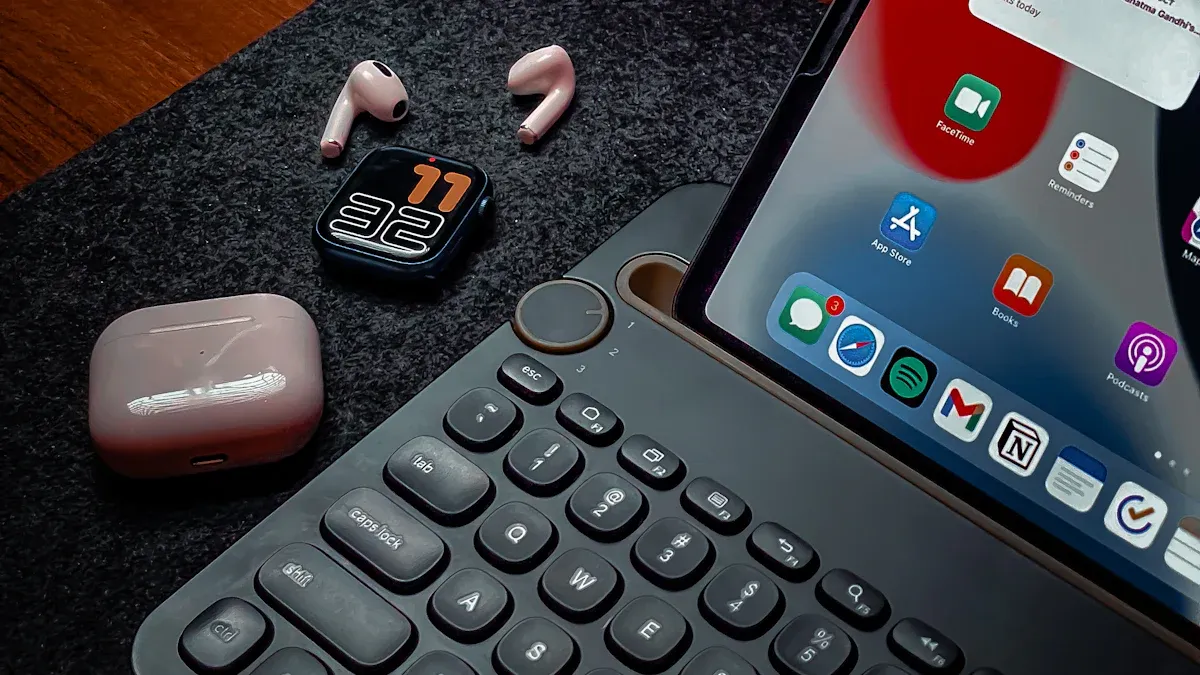
WeChat Mini-Programs have revolutionized how businesses connect with customers, enabling personalized 1-to-1 service journeys. These lightweight apps integrate directly into the WeChat ecosystem, offering convenience and accessibility. With 89.2% of WeChat users actively engaging with Mini-Programs as of September 2022, their popularity is undeniable. Businesses benefit significantly, as Mini-Programs generated over $400 billion in transactions in 2021 alone.
Customers appreciate the tailored experiences these programs provide. Enhanced data collection allows businesses to better understand user needs, leading to improved satisfaction. For example, higher interaction rates and increased conversion rates demonstrate how Mini-Programs foster loyalty and drive growth. By adopting this tool, you can create seamless, impactful customer experiences.
Key Takeaways
WeChat Mini-Programs help connect with customers by offering tailored experiences.
Smooth communication through Mini-Programs builds trust and solves problems fast.
Instant services keep users happy and let businesses reply quickly.
Designs focused on users make Mini-Programs meet needs and boost loyalty.
Testing and improving Mini-Programs often helps fix issues and make them better.
Understanding WeChat Mini-Programs
Features of WeChat Mini-Programs
WeChat Mini-Programs offer a range of features that make them a powerful tool for businesses and users alike. These lightweight applications integrate seamlessly into the WeChat ecosystem, providing convenience and accessibility. Here are some key features backed by industry data:
Key Feature | Supporting Data |
|---|---|
Users can access mini-programs directly from chats, moments feed, or search results. | |
Lightweight and fast-loading | Mini-programs load in seconds and take up less than 10MB of space. |
Accessibility without downloads | Conversion rates increased by 35% due to instant access via QR codes. |
Enhanced customer engagement | User retention grew by 60% with personalized content and targeted promotions. |
Cost-effective development | Clients save up to 60% on development costs compared to native apps. |
Improved user retention and loyalty | User retention boosted by 65% through features like push notifications. |
These features make WeChat Mini-Programs an ideal choice for businesses looking to enhance customer engagement while keeping costs low. Their ability to load quickly and operate without requiring downloads ensures a smooth user experience.
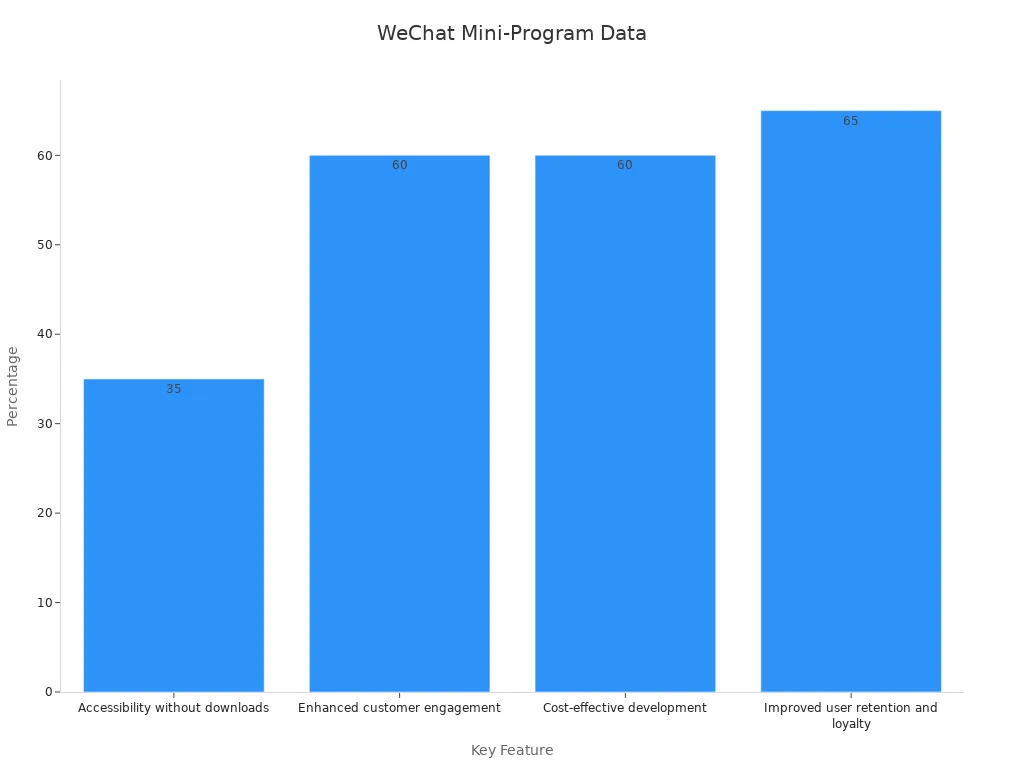
Role in 1-to-1 Service Journeys
WeChat Mini-Programs play a crucial role in facilitating personalized 1-to-1 service journeys. They enable businesses to deliver tailored experiences by leveraging advanced technologies like AI and real-time data analytics. Here’s how they contribute to personalized services:
Recovery lessons: Users can access evidence-based lessons designed for personal growth, such as mindfulness or cognitive restructuring.
Recovery journals: Self-reported mood tracking and feedback provide insights into individual needs, allowing businesses to adapt their services.
Regular coaching: Businesses can offer synchronous coaching sessions to set goals and track progress, ensuring a structured and personalized approach.
Personalized support: Asynchronous feedback, reminders, and tailored resources keep users engaged and motivated throughout their journey.
These features make WeChat Mini-Programs a versatile platform for delivering customized services. Whether you’re running a wellness program or offering customer support, these tools help you build meaningful connections with your audience.
Benefits of WeChat Mini-Programs for 1-to-1 Services
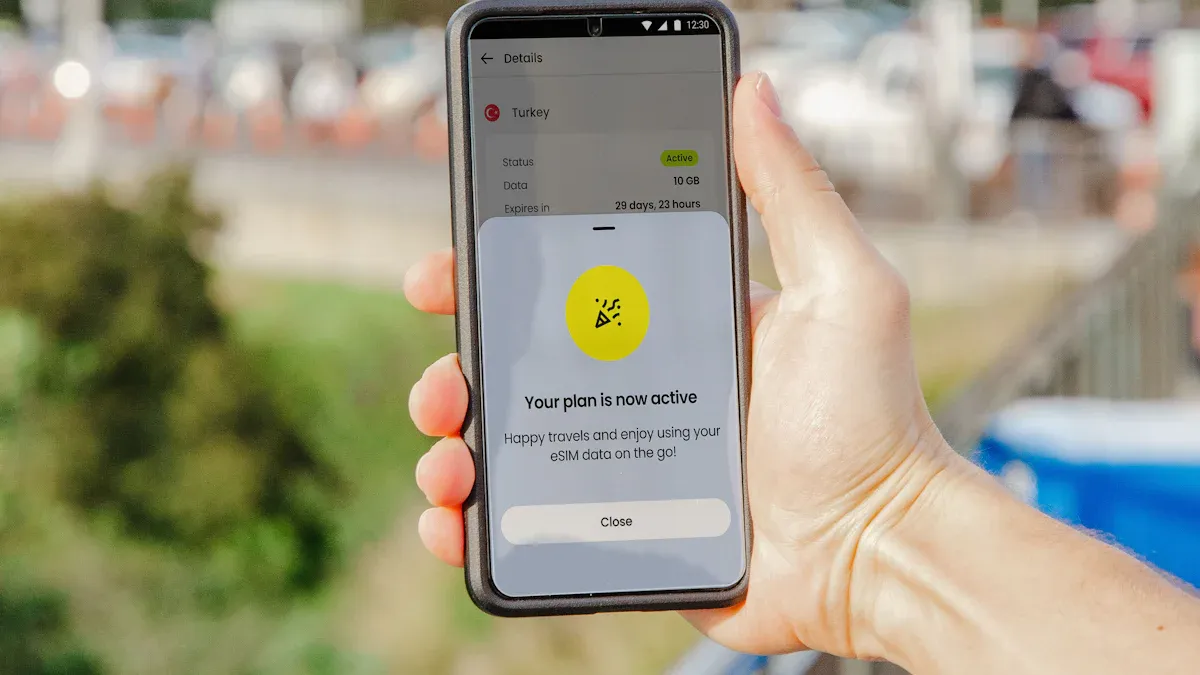
Personalization
WeChat Mini-Programs excel at delivering personalized experiences tailored to individual needs. By leveraging user data and advanced analytics, you can create services that resonate deeply with your audience. For instance, a WeChat Mini-Program designed for asthma self-management demonstrated significant improvements in patient outcomes. It enhanced asthma control, self-management behaviors, and overall quality of life. This showcases how personalization can transform healthcare delivery and improve engagement.
In addition, programs for cancer pain management have proven effective in providing tailored interventions. These interventions adapt to patient needs in real time, offering support that traditional methods often fail to deliver. Whether you’re managing health conditions or offering lifestyle coaching, personalization through WeChat Mini-Programs ensures your services remain relevant and impactful.
Seamless Communication
Effective communication is the backbone of any 1-to-1 service journey. WeChat Mini-Programs enable seamless interaction between you and your customers, fostering trust and satisfaction. Features like instant messaging, push notifications, and integrated feedback loops make it easy to stay connected.
Performance metrics highlight the importance of seamless communication in service delivery:
SLA Violations: Monitoring these ensures timely responses to customer requests.
SLA Compliance Trends: Tracking trends helps maintain consistent service levels.
Customer Satisfaction Scores: High scores reflect the positive impact of clear and efficient communication.
These tools allow you to address customer concerns promptly, ensuring their needs are met without delays. Whether you’re providing technical support or guiding users through a wellness program, seamless communication enhances the overall experience.
Real-Time Service Delivery
Real-time responsiveness is a game-changer for 1-to-1 services. WeChat Mini-Programs empower you to deliver instant solutions, keeping customers engaged and satisfied. For example, a smoking cessation program built on this platform showed promising results in behavioral interventions. It provided users with immediate access to resources and support, boosting its effectiveness.
Real-time data also plays a crucial role in optimizing service delivery:
Alerting System for Exceptions: Identifying issues early prevents disruptions and ensures smooth operations.
Instant Problem Resolution: Quick responses to customer concerns enhance trust and loyalty.
Enhanced Decision-Making: Up-to-date insights enable agile adjustments to services.
Improved Queue Management: Reducing wait times creates a better experience for users.
These capabilities make WeChat Mini-Programs indispensable for businesses aiming to provide fast, reliable, and personalized services. Whether you’re managing customer inquiries or delivering healthcare solutions, real-time service delivery ensures your users always feel supported.
Designing a WeChat Mini-Program
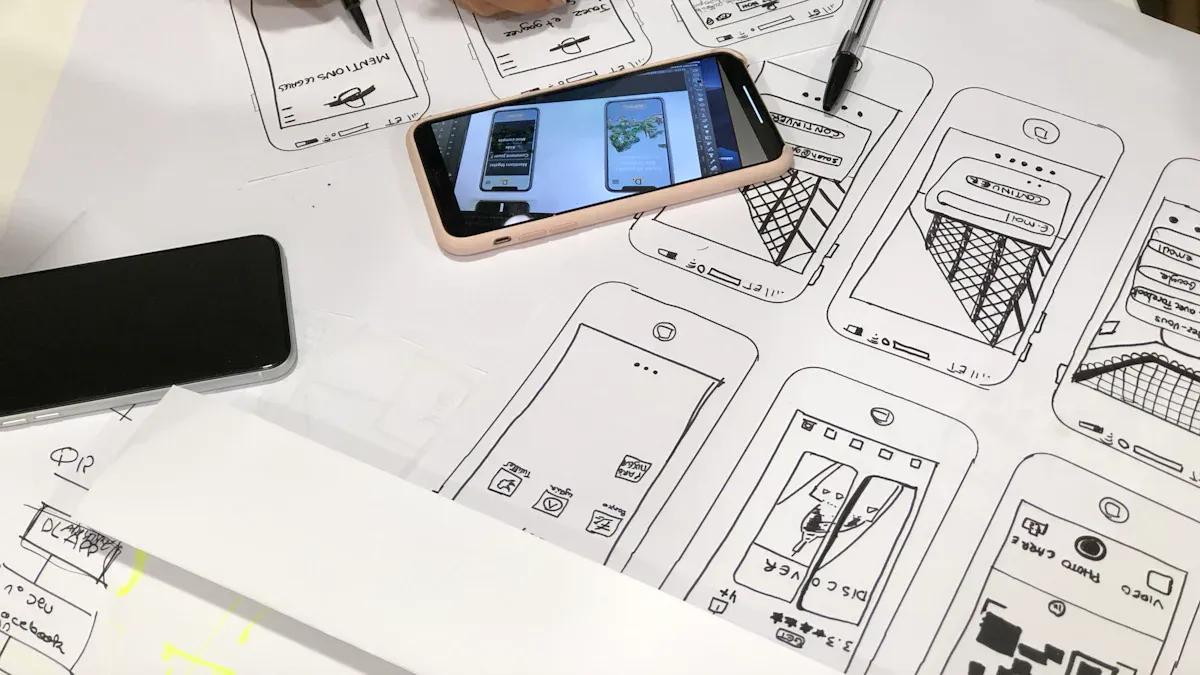
Identifying User Needs
Understanding your users is the first step in designing an effective WeChat Mini-Program. You need to uncover their preferences, behaviors, and pain points to create a solution that resonates with them. Start by conducting discovery research. Ethnographic studies and interviews help you learn how users interact with similar services and what challenges they face.
Once you gather initial insights, validate the user experience through prototype testing and usability studies. These methods allow you to refine your design based on real-world feedback. After launching your Mini-Program, continue optimizing it through ongoing testing. Track user satisfaction and identify areas for improvement to ensure your program evolves with your audience’s needs.
Stage | Description |
|---|---|
Discovery research | Initial phase to uncover user needs and behaviors through ethnographic studies and interviews. |
Experience validation | Iterative process to validate user experience with prototype testing and usability studies. |
Optimization through testing | Ongoing research post-launch to track user satisfaction and identify areas for improvement. |
By following these stages, you can build a Mini-Program that delivers meaningful and personalized experiences.
Setting Up a WeChat Official Account
A WeChat Official Account serves as the foundation for your Mini-Program. It allows you to connect with users, share updates, and promote your services. With over 25 million active accounts, this platform offers immense potential for engagement. Users spend up to 30 minutes interacting with accounts, and nearly half follow 10 to 20 accounts regularly.
To set up your account, choose between subscription accounts for daily updates or service accounts for advanced features like payment integration. Once your account is live, use it to introduce your Mini-Program and guide users toward it. Share QR codes, post engaging content, and leverage push notifications to drive traffic.
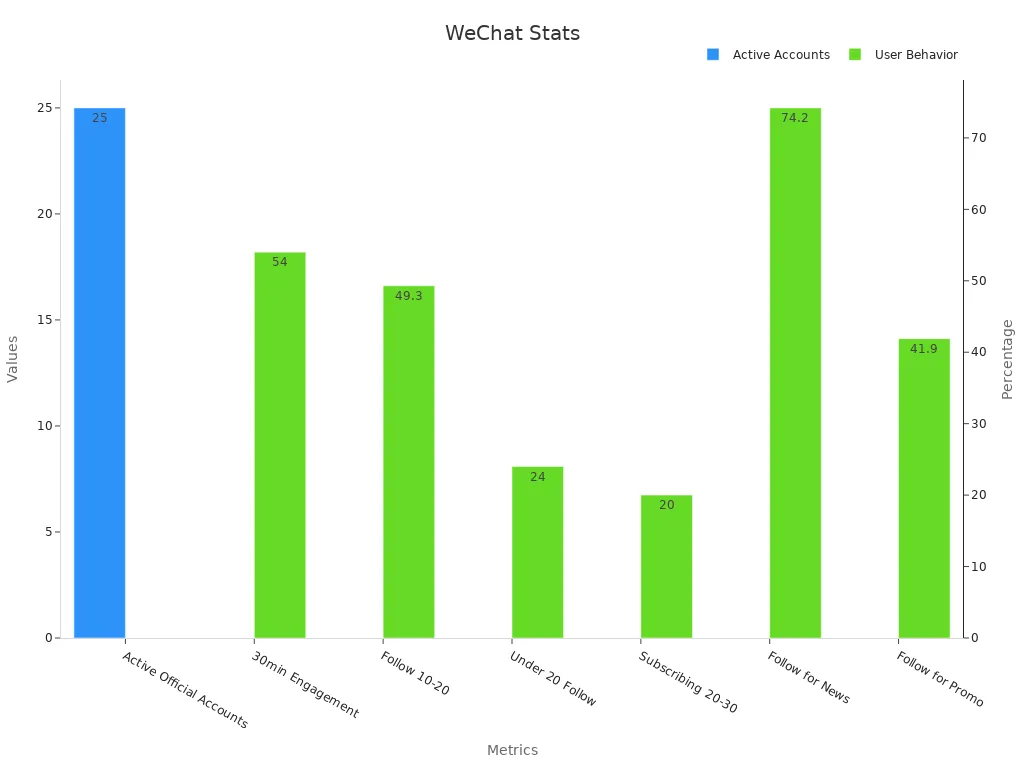
This strategy ensures your Mini-Program reaches the right audience and builds a loyal user base.
Choosing Development Tools
Selecting the right tools is crucial for building a WeChat Mini-Program efficiently. WeChat provides its own development framework, known as WeChat Developer Tools. This platform simplifies the process by offering pre-built templates, debugging features, and real-time previews.
If you prefer more customization, consider third-party tools like Taro or uni-app. These frameworks allow you to create cross-platform applications while maintaining compatibility with WeChat’s ecosystem. For businesses without in-house developers, hiring experienced professionals ensures your Mini-Program meets technical standards and user expectations.
Use tools that align with your goals and resources. Whether you’re creating a simple program or a complex solution, the right development tools make the process smoother and more effective.
User-Centric Design Principles
Designing a WeChat Mini-Program that resonates with your audience requires a user-centric approach. This means placing your users' needs, preferences, and behaviors at the heart of your design process. By doing so, you can create a Mini-Program that not only meets expectations but also delivers a seamless and engaging experience.
Start by focusing on the essentials. A successful design begins with a clear understanding of your users' critical pain points. Conduct user research through interviews, surveys, and direct observation to uncover these challenges. For example, when designing a minimum viable product (MVP), prioritize features that address the most pressing user needs. This approach ensures that your Mini-Program delivers immediate value while laying the groundwork for future enhancements.
Prototyping and testing are equally important. Evaluate your design by observing how users interact with prototypes. Does the interface solve their primary issues? Are they able to navigate it intuitively? Usability tests can reveal up to 85% of usability problems with as few as five participants. Conduct follow-up studies to identify and address any remaining issues. This iterative process allows you to refine your design based on real-world feedback, ensuring it aligns with user expectations.
Incorporating user feedback into your design process is not just a best practice—it’s essential. By continuously validating your design through testing and iteration, you can create a Mini-Program that evolves alongside your users' needs. This commitment to user-centric design will set your Mini-Program apart, fostering loyalty and satisfaction.
Testing and Iteration
Testing and iteration are the backbone of a successful WeChat Mini-Program. These processes help you identify areas for improvement, optimize performance, and ensure your Mini-Program delivers a top-notch user experience.
Quantitative usability testing is a powerful tool for tracking how well your Mini-Program performs over time. This method allows you to compare your program's usability against competitors and identify trends in user behavior. For example, you can monitor how easily users complete specific tasks within your Mini-Program. By addressing any obstacles they encounter, you can enhance the overall experience.
Web analytics provide another layer of insight. Use this method to detect and prioritize problems, monitor performance, and understand how users interact with your Mini-Program in real time. While collecting this data is relatively easy, analyzing it requires a more focused effort. However, the insights gained can guide you in making data-driven decisions to improve your program.
A/B testing offers a straightforward way to refine your design. Create two versions of the same interface and show each to a different group of users. Track performance metrics, such as clicks on a button or time spent on a page, to determine which version performs better. This method not only helps you choose the most effective design but also provides valuable insights into user preferences.
Testing and iteration should be ongoing processes. Regularly evaluate your Mini-Program's performance and make adjustments based on user feedback and data analysis. This commitment to continuous improvement ensures your Mini-Program remains relevant and effective, meeting the evolving needs of your audience.
Best Practices for WeChat Mini-Programs
Simplified Interface
A simplified interface is essential for creating a user-friendly WeChat Mini-Program. When users can navigate effortlessly, they are more likely to engage with your program. A clean, minimalist layout avoids clutter and ensures users can find information quickly. Intuitive navigation systems reduce cognitive load, making it easier for users to explore your offerings.
To enhance user satisfaction, focus on clear organization and well-placed calls-to-action. For example:
Simplified designs encourage longer engagement by reducing frustration.
Intuitive navigation systems guide users effectively, improving retention.
A well-structured layout prioritizes clarity, ensuring users feel confident while interacting with your program.
By keeping the interface simple, you create a seamless experience that resonates with your audience.
Optimized Performance
Optimized performance directly impacts user satisfaction and retention. Faster load times, for instance, can increase user retention by 20% and session length by 30%. Users expect quick responses, and delays can lead to frustration or even uninstallation.
To achieve optimal performance:
Minimize backend errors to build trust. A fintech app reduced error rates by 70%, resulting in a 15% boost in satisfaction scores.
Maintain stable latency during peak loads. A streaming service achieved an 18% increase in active user retention by ensuring consistent performance.
Regularly test and refine your Mini-Program to identify and resolve bottlenecks.
By prioritizing performance, you ensure your WeChat Mini-Program delivers a reliable and enjoyable experience.
Offline Access
Offline access is a valuable feature that enhances usability. Users often face connectivity issues, and providing offline functionality ensures they can continue using your Mini-Program without interruptions. For example, caching essential data allows users to access key features even when offline.
To implement offline access effectively:
Identify critical features that users may need without an internet connection.
Use caching strategies to store data locally, ensuring smooth functionality.
Regularly update cached content to keep it relevant and accurate.
Offline access not only improves user experience but also demonstrates your commitment to meeting their needs in any situation.
Analytics for Personalization
Personalization thrives on data, and analytics is the key to unlocking its full potential. By analyzing user behavior, you can tailor your WeChat Mini-Program to meet individual needs, boosting engagement and satisfaction. Metrics provide valuable insights into how users interact with your program, helping you refine their experience.
Here are some critical metrics to monitor when evaluating the impact of personalization:
Metric | Description |
|---|---|
Session Duration | Longer sessions show higher engagement, especially when users explore various features. |
Feature Usage | Increased use of personalized features indicates that users value tailored content. |
Conversion Funnel Analysis | Optimizing the funnel through personalization leads to higher conversion rates at each stage. |
Click-Through Rates (CTR) | High CTRs for personalized content reveal that users find it appealing and engaging. |
Purchase Frequency | Frequent purchases suggest that personalization encourages transactions effectively. |
Abandonment Rates | Lower abandonment rates mean personalization is guiding users successfully through their journey. |
For example, tracking session duration helps you understand how much time users spend exploring your Mini-Program. If users engage with personalized features for longer periods, it signals that your efforts are resonating. Similarly, a high click-through rate for tailored content shows that users find it relevant and worth their attention.
You can also use conversion funnel analysis to identify where users drop off and adjust your program to address these gaps. For instance, if abandonment rates decrease after implementing personalized recommendations, it confirms that your strategy is working.
By leveraging these analytics, you can continuously improve your Mini-Program. Personalization becomes more effective when guided by data, ensuring your users feel valued and understood.
Challenges and Solutions
Common Design Challenges
Developing a WeChat Mini-Program comes with unique challenges that can impact its success. You may encounter obstacles related to global competition, privacy concerns, and technical limitations. These issues often arise due to the platform's reliance on the WeChat ecosystem and its optimization for specific devices.
Global Competition: Competing with other apps in markets where WeChat has a smaller user base can hinder adoption.
Privacy Regulations: Adapting to stricter privacy laws is essential to maintain user trust.
Technical Limitations: Mini-Programs work best within WeChat, limiting their functionality outside the app.
Device Compatibility: Performance inconsistencies across devices can affect user experience.
Market Saturation: Overuse of QR codes may lead to user fatigue.
Education in New Markets: Users unfamiliar with WeChat's features may struggle to adopt Mini-Programs.
Regulatory Compliance: Geopolitical factors can restrict operations in certain regions.
Dependence on WeChat: Mini-Programs lack the reach of standalone applications, which limits their audience.
These challenges highlight the importance of strategic planning and adaptability during development. Addressing them effectively ensures your Mini-Program delivers a seamless experience for users.
Solutions for Effective Implementation
Overcoming implementation challenges requires innovative approaches that prioritize efficiency and user satisfaction. You can adopt strategies that streamline processes and enhance decision-making.
Condensed Sessions: Short, focused interactions, such as 15-minute one-on-one sessions, minimize disruptions to existing workflows. This approach leverages on-site resources without requiring additional investments.
Decision Aids: Tools that simplify complex processes help users apply knowledge effectively. For example, structured assessments and documentation improve intervention outcomes.
Agency Records: Using records to guide decisions ensures consistency and enhances the reliability of your Mini-Program.
These solutions address common obstacles while maintaining the integrity of your service delivery. By implementing them, you can create a Mini-Program that meets user expectations and adapts to evolving challenges.
Designing a WeChat Mini-Program offers immense benefits for personalized service journeys. You can create tailored experiences, improve communication, and deliver real-time solutions. Following the outlined steps—identifying user needs, setting up a WeChat Official Account, choosing development tools, and applying user-centric design principles—ensures your Mini-Program meets customer expectations.
Statistics reinforce the importance of this approach:
Statistic | Description |
|---|---|
60% | Over 60% of shopping journeys start online, indicating a strong online presence is crucial for businesses. |
46% | 46% of consumers still prefer shopping offline, highlighting the need for an integrated online-offline approach. |
OMO | The shift from O2O to OMO signifies the merging of online and offline experiences to meet customer needs. |
Take the first step today. Start designing your WeChat Mini-Program to deliver seamless, personalized service journeys that delight your customers and drive growth.
FAQ
What is the difference between a WeChat Mini-Program and a regular app?
WeChat Mini-Programs are lightweight applications that run within the WeChat ecosystem. Unlike regular apps, they don’t require downloads or installations. You access them instantly via QR codes or links, making them faster and more convenient for users.
How can I promote my WeChat Mini-Program effectively?
You can promote your Mini-Program by sharing QR codes on social media, embedding links in your WeChat Official Account, and using push notifications. Collaborating with influencers or running targeted campaigns also helps you reach a wider audience.
Do I need coding skills to create a WeChat Mini-Program?
Basic coding knowledge is helpful but not mandatory. WeChat Developer Tools provide templates and debugging features that simplify the process. You can also hire developers or use third-party frameworks like Taro for more customization.
Can WeChat Mini-Programs work offline?
Yes, Mini-Programs can offer offline functionality by caching essential data locally. This allows users to access key features even without an internet connection. Offline access improves usability and ensures uninterrupted service.
How do analytics improve personalization in Mini-Programs?
Analytics help you understand user behavior, preferences, and engagement patterns. By tracking metrics like session duration and click-through rates, you can tailor content and features to meet individual needs. This boosts satisfaction and retention.
See Also
Creating A Unified Customer Perspective Across All Channels
Transforming TikTok Visitors Into Successful Sales Conversions
Five Effective Methods To Integrate Product Feeds With Social
Understanding Route Optimization For Quicker Delivery Solutions

